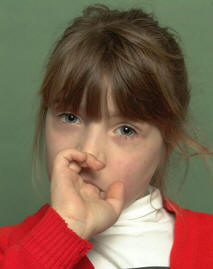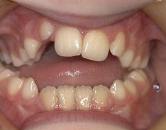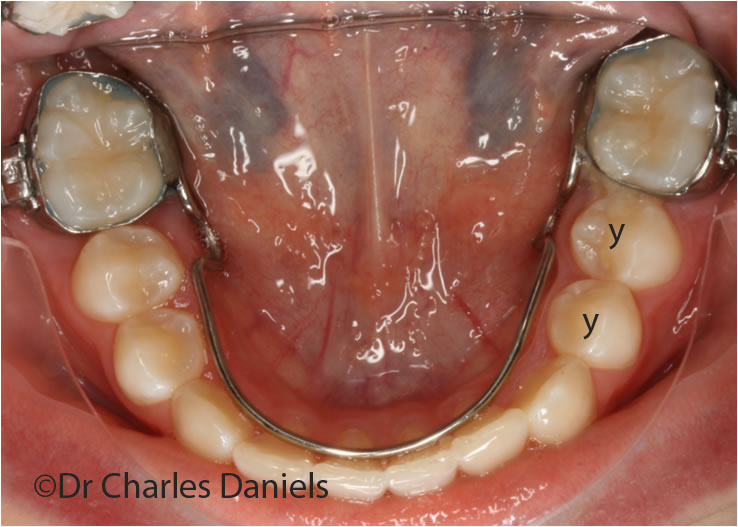Crooked teeth can develop very early in childhood, but surprisingly few children will benefit from orthodontic treatment before all the adult teeth have grown through. However, early treatment is important for a limited number of specific conditions to prevent damage to the adult teeth or to limit the effects of a developing growth problem. We recommend orthodontic treatment for children that we believe has a definite benefit, and if the problem can wait until the adult dentition is established without damaging the health or function of the dentition, then that is what we recommend.
Any medical procedure can be worrying for young children, so we have designed our practice environment to relax and entertain our young visitors. We have a separate games and movies area which is located so you can keep an eye on your precious ones while still enjoying the grown up comforts of the main waiting area. Our treatment rooms are light filled and spacious and we welcome parents into the treatment area at any time.
The Australian orthodontic society recommends a first assessment by an orthodontist around the age of 6-7 years, because this is the age when the first of the adult teeth typically appear and when some of the more important problems of dental development can require treatment.
At North Sydney Orthodontics we fix functional problems in young children that immediately threaten the development of the dentitition or growth of the face. Braces for young children usually lasts less than 1 year, and may shorten or simplify definitive orthodontic treatment later on. We look for problems of tooth emergence , teeth biting the wrong way round (crossbite), overcrowding, jaw growth problems, snoring, thumb sucking, tongue thrust and open bite, and delayed or premature loss of the primary dentition .
The permanent teeth start to enter the mouth around the age of 5 to 6 years of age. Sometimes there is a problem with the normal eruption of the teeth. Early diagnosis and treatment maximizes the chance of a full correction.
Prolonged finger or thumb sucking habits after the age of 5 can stop the normal growth of the front teeth or move them forward into a prominent and vulnerable position. Our preferred method of correcting this behaviour is with counseling and motivation of the child to give up thumb sucking themselves as early as possible which has proved 95% successful. For those children continuing the sucking habit various devices can be designed to interfere with the comfort derived from the habit.
When a primary tooth is prematurely lost (i.e. extracted due to decay), adjacent teeth may drift into the space, and leave insufficient space for alignment of the permanent teeth. An orthodontist’s opinion is required to assess whether a space maintaining device is of value. Space maintaining devices can be fixed or removable and the correct design will be determined by the particular situation.
In this case only a simple upper plate was used to develop the upper arch to a very acceptable (though not perfect) alignment.
If dental crowding is noted in a young child, orthodontic treatment may be started around 9 or 10 years of age to expand the dental arches or maintain premolar spaces to avoid dental extractions later on. This can usually be achieved initially with simple appliances but treatment is often then continuous until all the teeth have erupted and fixed appliances have completed the alignment.
For some children an imbalance in the growth between the top and bottom jaws (the maxilla and the mandible) makes it impossible to bite the teeth together correctly. This is often an inherited problem. Expansion and forward growth of the upper jaw can be useful when there is a small upper jaw, and recent studies have indicated that an early start around the age of 6-8 years on this type of procedure is advantageous.
Another common problem is a small lower jaw for which many different types of functional appliance have been suggested. North Sydney Orthodontics favours the use of the Twin block appliance for this type of problem . The best time to be using this kind of appliance around 9-11 for girls and 11-13 for boys.




